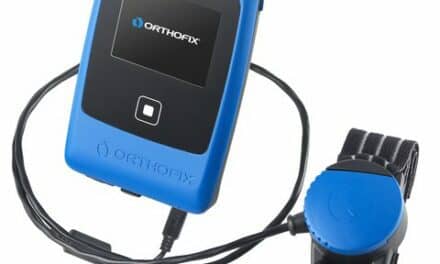Summary: The FDA’s new draft guidance targets pulse oximeter accuracy disparities across diverse skin tones. Proposed recommendations focus on broader and more representative clinical data, updated labeling, and device performance validation. By refining testing and oversight, the FDA aims to ensure pulse oximeters accurately measure blood oxygen levels for all patients.
Key Takeaways:
- The FDA recommends more robust and inclusive clinical studies, employing both subjective and objective methods, to address potential pulse oximeter performance disparities in darker skin tones.
- The agency is expediting the process for manufacturers that can show equivalent device performance across diverse skin pigmentations, with labeling updates planned.
The U.S. Food and Drug Administration (FDA) has published new draft guidance aimed at helping improve the accuracy and performance of pulse oximeters across the range of skin pigmentation.
Current scientific evidence suggests there are some accuracy differences in pulse oximeter performance between individuals with lighter and darker skin pigmentation, according to the agency. The FDA has previously informed patients and healthcare providers that although pulse oximetry is useful for estimating blood oxygen levels, pulse oximeters have limitations and a risk of inaccuracy under certain circumstances.
RELATED: Racial Disparities in Healthcare: Skin Tone and Pulse Oximeters
Proposed Recommendations for Pulse Oximeter Manufacturers
To help address these concerns, the FDA has proposed new draft recommendations for manufacturers on how to gather clinical data, among other things, to help improve the clinical study design and validation efforts for pulse oximeters used for medical purposes to evaluate their performance across the range of skin pigmentation. The FDA says it is committed to working with manufacturers to help ensure the public has access to pulse oximeters that perform accurately across the range of skin pigmentations as soon as possible.
“This draft guidance is aligned with the FDA’s broader commitment to helping facilitate the development of high-quality, safe, and effective medical devices,” said Michelle Tarver, M.D., Ph.D., director of the FDA’s Center for Devices and Radiological Health. “Our draft recommendations are based on the best available science to help address concerns of disparate performance of pulse oximeters based on an individual’s skin pigmentation.”
The updated draft recommendations are aimed at helping generate a more representative study of the intended population for these devices. The FDA believes the implementation of these recommendations, if finalized, will help improve the accuracy and performance of pulse oximeters used for medical purposes in patients across the range of skin pigmentation.
Key Elements in the Draft Recommendations
Some key elements of the FDA’s draft recommendations include:
- Gathering clinical data (e.g., controlled desaturation laboratory study or, in certain cases, real-world data) to evaluate device performance accuracy across the range of skin pigmentations;
- Increasing the number of clinical study participants;
- Using both subjective (Monk Skin Tone Scale) and objective (calculation of individual typology angle) methods for more standardized evaluation of study participants’ skin tone and accurate assessment of device performance across skin pigmentations; and
- If performance accuracy has been demonstrated in a new premarket submission, including a prominent labeling statement to help users clearly identify that the pulse oximeter has demonstrated that it performs comparably across groups of individuals with diverse skin pigmentation and is intended for medical purposes.
Impact on Currently Marketed Pulse Oximeters
The FDA expects some pulse oximeters that are currently marketed may meet the updated performance criteria without the need for significant hardware or software modifications. In these instances, if a sponsor submits updated labeling to reflect the collection of clinical data that demonstrates comparable performance across skin pigmentations without device modifications, other than changes in labeling, then the FDA generally intends to review the submission expeditiously (within 30 days) to help ensure the public has prompt access to safe and accurate pulse oximeters.
The FDA is requesting comments on the draft guidance within 60 days of publication. The agency will then review and consider all comments before finalizing this guidance.





